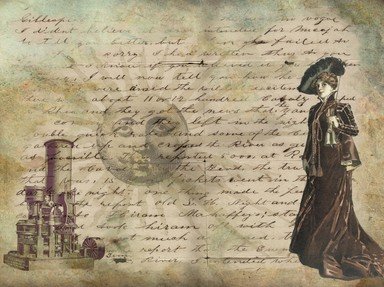Quiz Answer Key and Fun Facts
1. We start in the second half of the 19th Century. Which Robert Louis Stevenson novel features characters reminiscent of Robin Hood and his Merry Men?
2. Moving forward 100 years to the latter part of the 20th Century, what type of dog was the title character in the Stephen King novel "Cujo"?
3. We remain in the late 20th Century, but for a story that takes us off into the future: what is the title of the fourth novel in Arthur C. Clarke's series that began with "2001: A Space Odyssey"?
4. We go back to the early part of the 19th-Century now, but to a character who lived much earlier than that. Who wrote the long narrative poem "Don Juan", a humorous, satirical work that modern critics generally consider his masterpiece?
5. Traveling a hundred years forward to the early years of the 20th Century: which dramatist's 1923 play "Saint Joan", based on the life and trial of Joan of Arc, earned him the 1925 Nobel Prize for Literature?
6. A trip through the literary ages could hardly be complete without a stop in the dying days of the 16th Century. In which of Shakespeare's plays does the title character appear in only five scenes, speaking less than a quarter of the number of lines given to another character in the play?
7. We move forward now to the very beginning of the 20th Century, and a children's book published in 1902. In the novel "Five Children and It", what was proper name of "It"?
8. For our next question, we go way back, to the 8th Century B.C. Which classic poem tells the story of a Greek hero and his 10-year journey home to Ithaca after the fall of Troy?
9. We head next for the middle of the 19th Century: which English author, particularly famous for one particular work, also wrote the novels "Shirley", "Villette", and "The Professor"?
10. Our time machine has overheated, and we are stuck in the 1840s, so what better way to finish than with every quiz writer's favorite Victorian author: characters in which Dickens novel include the villainous Seth Pecksniff, the alcoholic Sarah Gamp and the mysterious Mr Nadgett?
Source: Author
EnglishJedi
This quiz was reviewed by FunTrivia editor
looney_tunes before going online.
Any errors found in FunTrivia content are routinely corrected through our feedback system.
